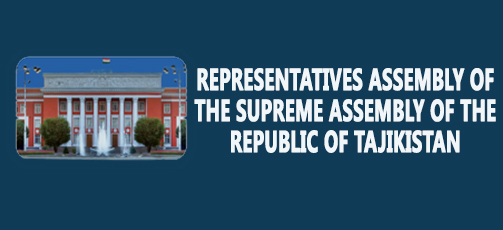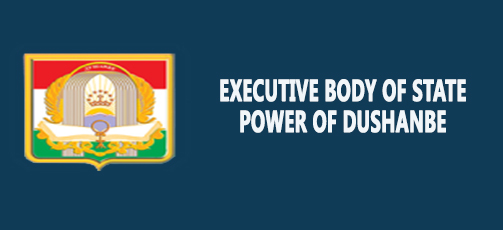Wheat flour fortification is a cost- effective investment in Tajikistan

Dushanbe, 14.03.2016. (NIAT “Khovar”). — The United States Agency for International Development (USAID) and the Global Alliance for Improved Nutrition (GAIN) hosted a workshop titled Cost Benefit Analysis of Flour Fortification in Tajikistan in Dushanbe.
It should be noted that micronutrient malnutrition is a significant challenge in Tajikistan. 24 percent of women of reproductive age and 29 percent of children under five suffer from anemia due to iron deficiency.
Workshop participants and key stakeholders engaged in discourse to collect, confirm and agree upon key data to be entered into a cost-benefit model to assess the cost effectiveness of flour fortification in Tajikistan.
Fortification, addition of a small amount of micronutrients to flour, is a proven approach to reduce micronutrient deficiencies that has been established in countries the world over. It is cost effective, covers a high percentage of the population if implemented correctly, and has been tested in many rigorous studies.
After workshop participants reviewed and agreed to the inputs, the final model projected that: the economic cost of doing nothing to address micronutrient deficiencies over ten years would be $889 million US dollars; and a national wheat flour fortification program will cost $32 million.
The cost-benefit analysis clearly demonstrated that the economic cost of micronutrient deficiencies is far greater than the cost of wheat flour fortification.










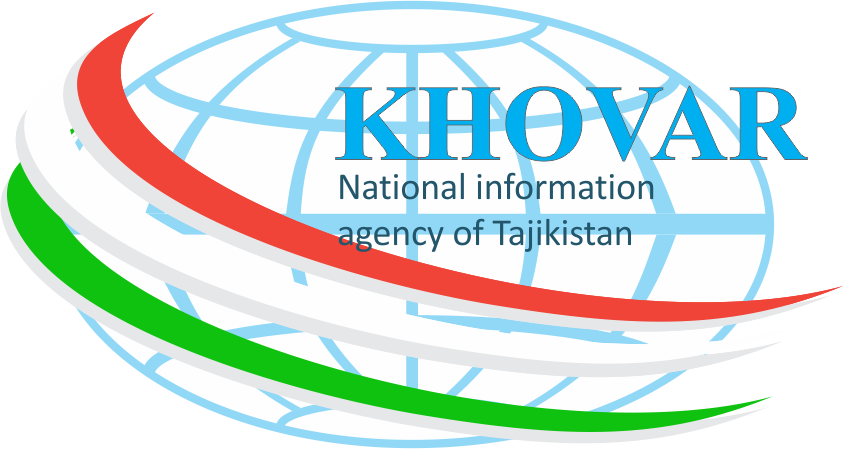
 Khovar, Saudi Press Agency sign MoU on cooperation in information exchange
Khovar, Saudi Press Agency sign MoU on cooperation in information exchange Tajikistan Delegation Participates in “Silk Road Youth Symphony and Gathering in China for Peace” Program
Tajikistan Delegation Participates in “Silk Road Youth Symphony and Gathering in China for Peace” Program Joint Tajikistan-China Laboratory for Biodiversity Conservation and Sustainable Use Launched
Joint Tajikistan-China Laboratory for Biodiversity Conservation and Sustainable Use Launched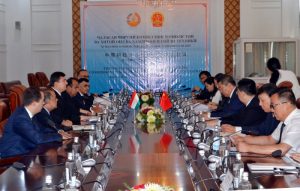 Tajikistan and China Hold Fourth Scientific and Technical Cooperation Meeting
Tajikistan and China Hold Fourth Scientific and Technical Cooperation Meeting Tajikistan’s Civil Service Agency Developing Human Resource Management Information System
Tajikistan’s Civil Service Agency Developing Human Resource Management Information System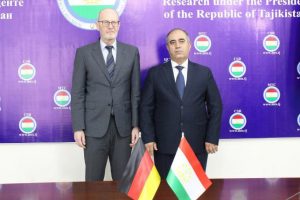 Tajikistan and Germany Expand Scientific and Analytical Cooperation
Tajikistan and Germany Expand Scientific and Analytical Cooperation Tajik Citizens to Study at Vocational Institutions in Germany
Tajik Citizens to Study at Vocational Institutions in Germany Tajikistan’s Justice Minister Participates in CIS Council of Justice Ministers Meeting in Minsk
Tajikistan’s Justice Minister Participates in CIS Council of Justice Ministers Meeting in Minsk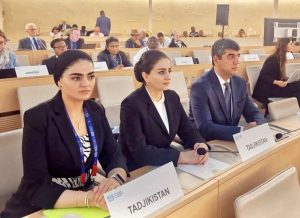 Tajikistan’s Minister of Labour, Migration and Employment Participates in International Labour Conference
Tajikistan’s Minister of Labour, Migration and Employment Participates in International Labour Conference Women for Glaciers: Dushanbe to Host Climate Forum on Gender and Environmental Leadership
Women for Glaciers: Dushanbe to Host Climate Forum on Gender and Environmental Leadership Tajikistan Discusses Healthcare Financing Reform at World Health Assembly in Geneva
Tajikistan Discusses Healthcare Financing Reform at World Health Assembly in Geneva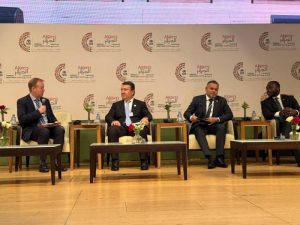 Tajikistan’s Healthcare Projects Presented at Islamic Development Bank Meeting
Tajikistan’s Healthcare Projects Presented at Islamic Development Bank Meeting











